While Tina and I were on the 14 train to Versailles from Point Cardinet, I became curious about how many people visit the Gardens of Versailles annually. I asked ChatGPT to gather data from multiple sources to calculate an average. It turns out that 6–8 million people tour the site each year, making it the 4th most visited site in France. This made me wonder: if each visitor took at least 50 photographs (a conservative estimate), that would amount to 300 million images captured annually. At first, the thought felt overwhelming, but then I reminded myself: just capture what you are curious about. That’s it. And, choose quality over quantity.
In 1661, King Louis XIV appointed landscape Architect André Le Nôtre to design the gardens. The goal was to transform the grounds to symbolize royal power and artistic achievement. Greek mythology was largely the inspiration and framework for his design as it aligned with the King vision to elevate France and his own image by associating his reign with the grandeur of ancient civilizations.
Keeping this in mind, I focused on capturing the classical sculptures from a distance to highlight the garden’s vastness, as well as the fine details that are often overlooked. Ever since I saw Michelangelo’s Pieta at St. Peter’s Basilica, I am particularly fascinated with hands, garment folds, lace, and floral details.
We were fortunate to arrive just after a downpour. The clouds billowed over the gardens, creating the perfect canvas for these photographs.
I first learned about André Le Nôtre’s use of sight lines from a signed copy of Michael Kenna’s book Le Nôtre’s Gardens, a cherished gift from my close friend Allyson.
Sight lines is a hallmark of classical French garden design, often referred to as the French formal garden or Jardin à la Française. Vistas are carefully planned and aligned or perspectives guide the viewer's gaze along a specific axis or focal point in a garden or landscape.
Inspired by Kenna’s photographs, I vowed to capture the gardens in black and white if I ever had the chance to visit.
As I wandered through the gardens, curiously exploring different perspectives, these are some images that piqued my interest: a topiary, the back of a fountain by one of the hedges, and a composition featuring the palace, the conical trees, and a sculpture detail.
The fountains set to classical music were the major draw for our visit to Versailles. The grounds contained 55 water features, and 600 fountains, all powered by an intricate system of over 20 miles of water pipes. It took a full day of walking to cover all the fountains in the map but it was well worth it.
As always, there’s more photographs than the space in this newsletter. Have you ever visited The Gardens at Versailles? Do you have a favorite image from this set? Let’s meet each other in the comments section below.
See you all next Sunday!
Thank you for inviting me to join you every Sunday in your inbox. I am grateful and appreciative for spending a small part of your day with me. If you have the means to support Sundays with Stella, please consider becoming a paid subscriber. Those who contribute financially will ensure that this place of inspiration, creativity, and meaning remains free and open to all.
ANOTHER WAY TO SUPPORT SUNDAYS WITH STELLA
I've listened to your requests and created a support page on my website. Now you can contribute to 'Sundays with Stella' in any amount using your credit card, PayPal, or Venmo. Your generosity is truly appreciated!




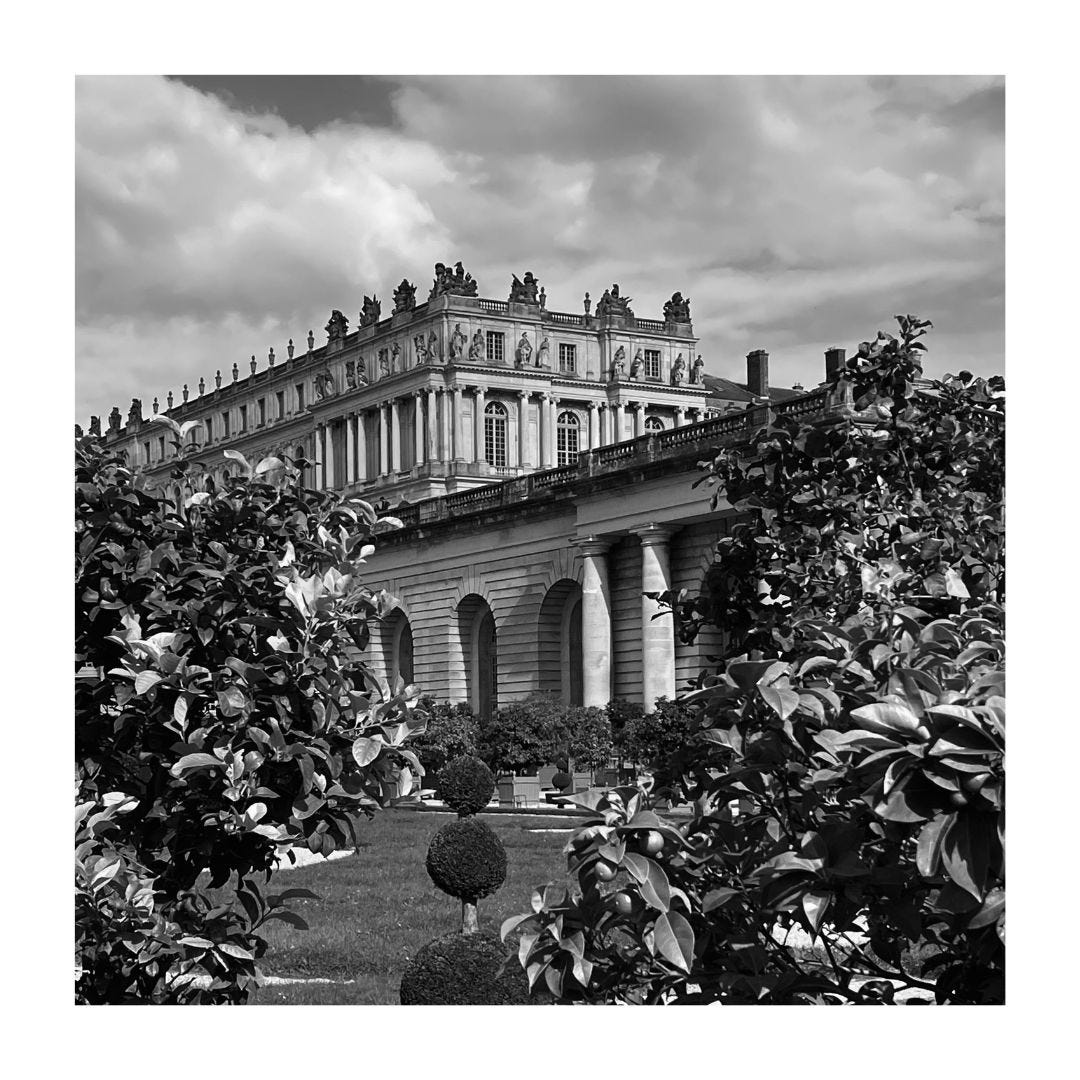
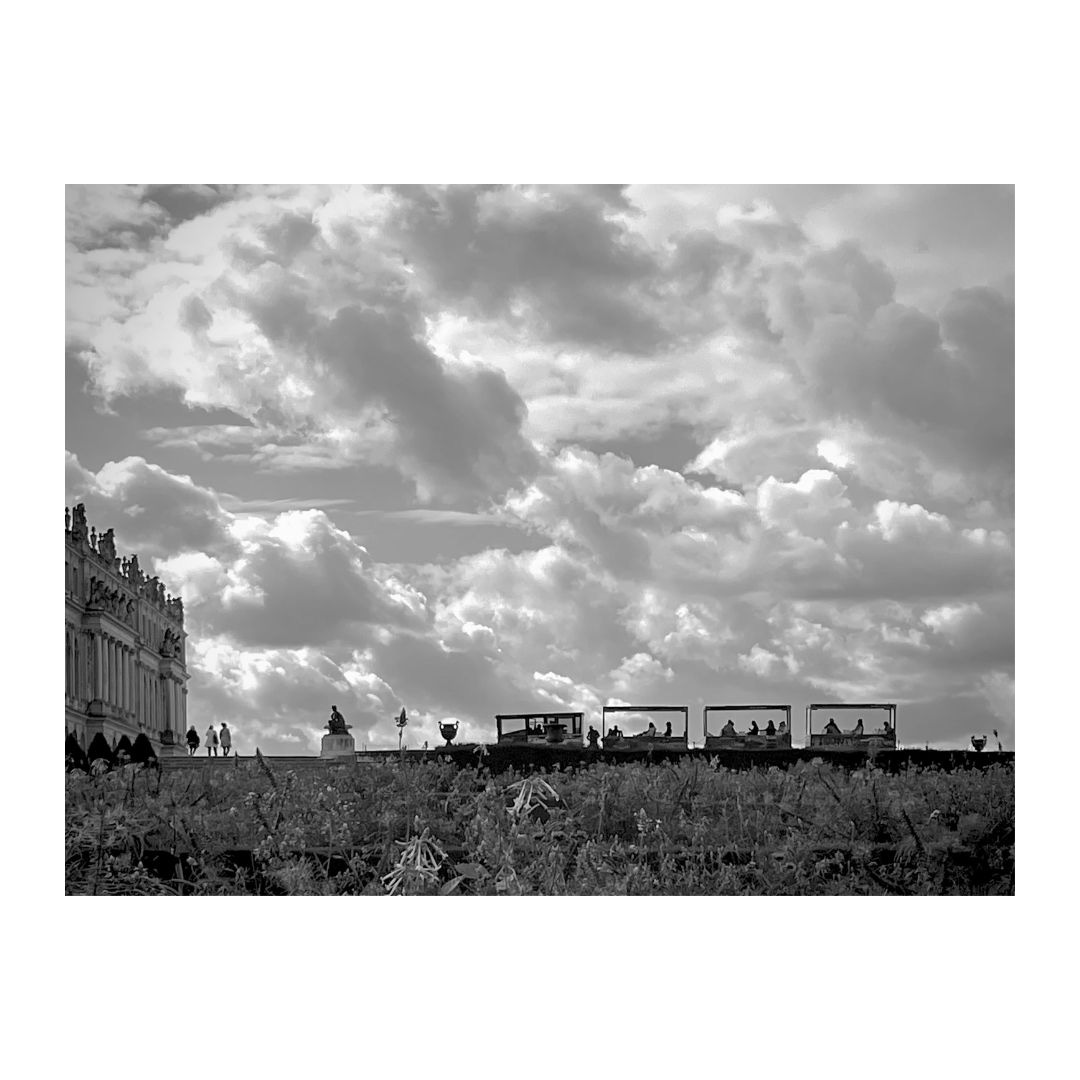

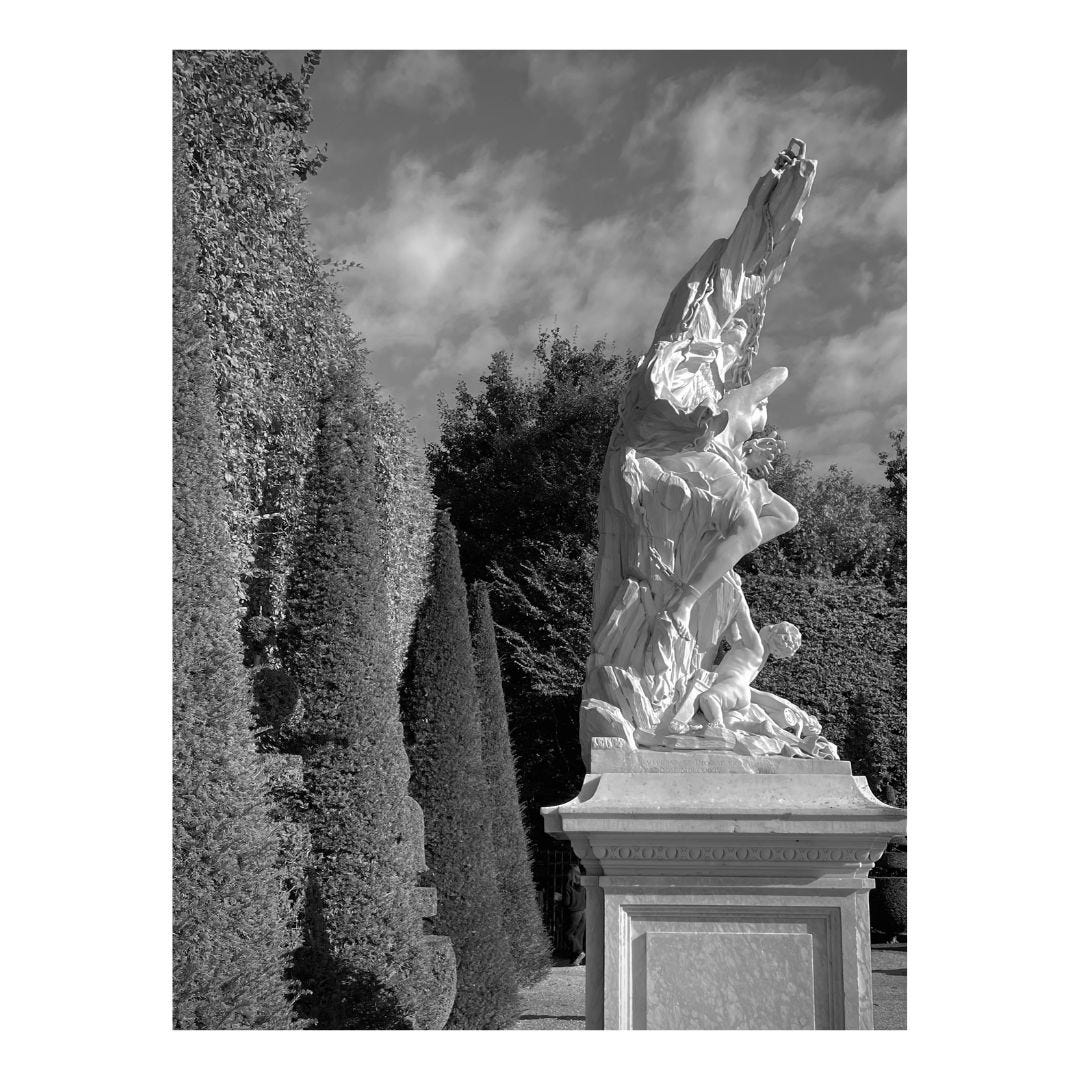
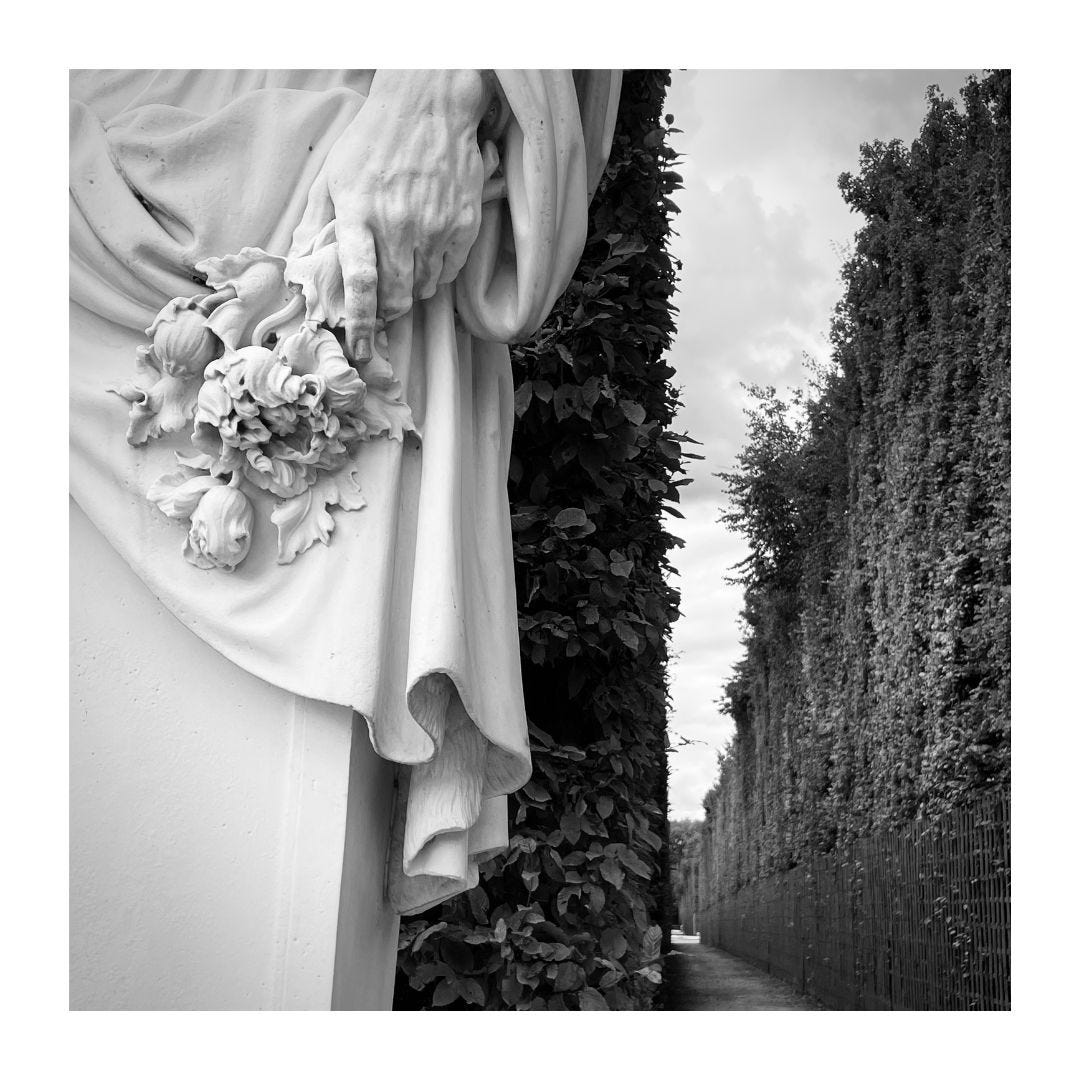
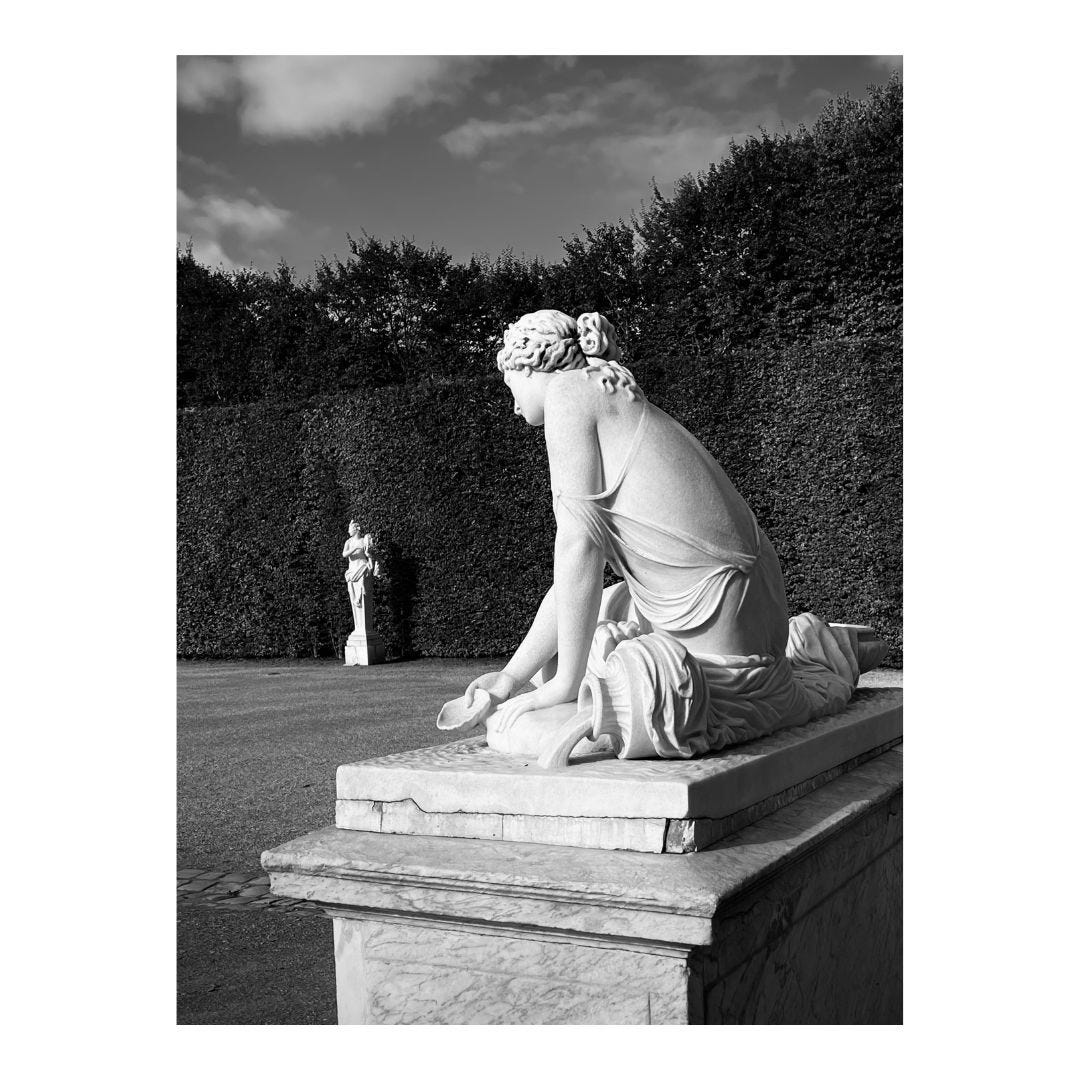
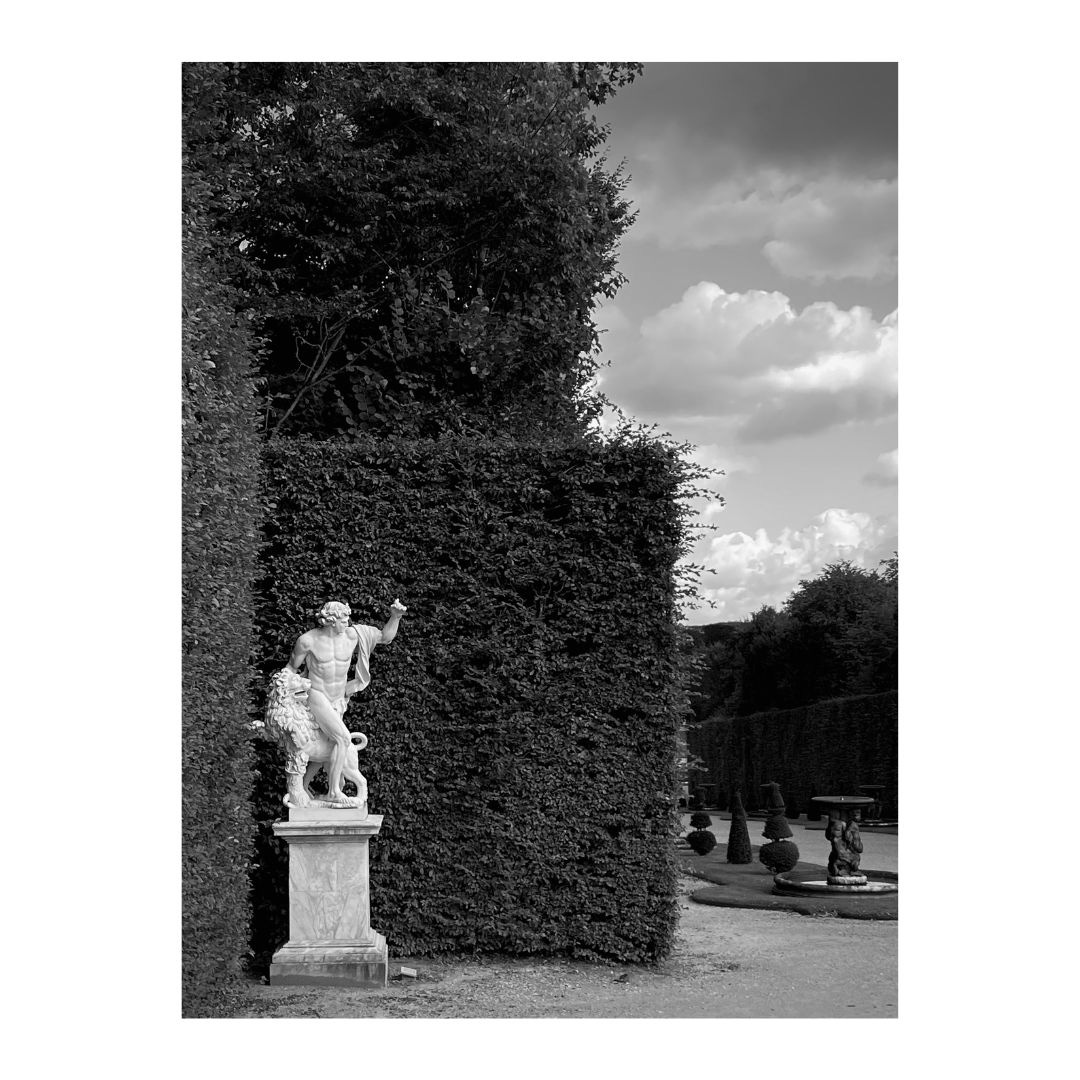

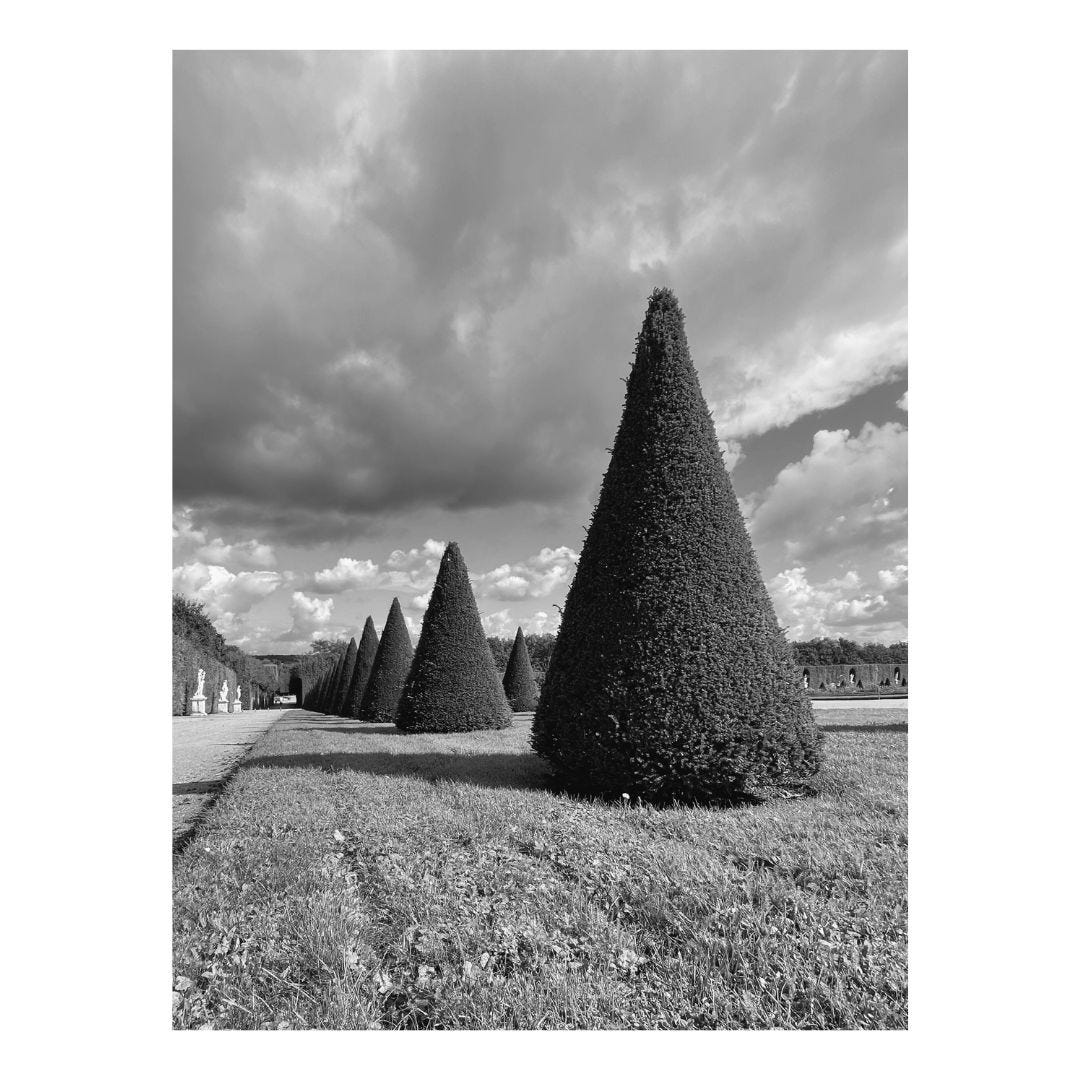


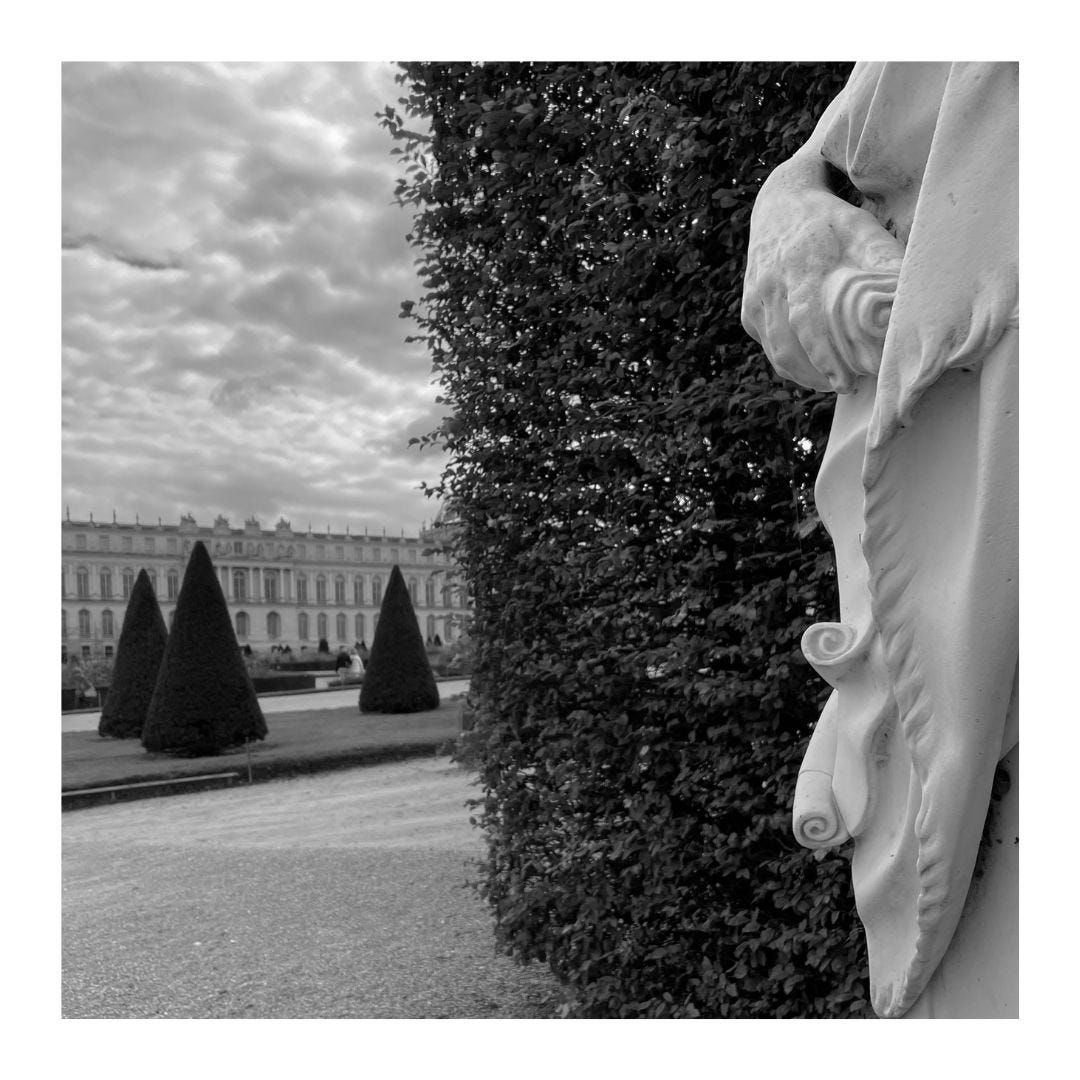

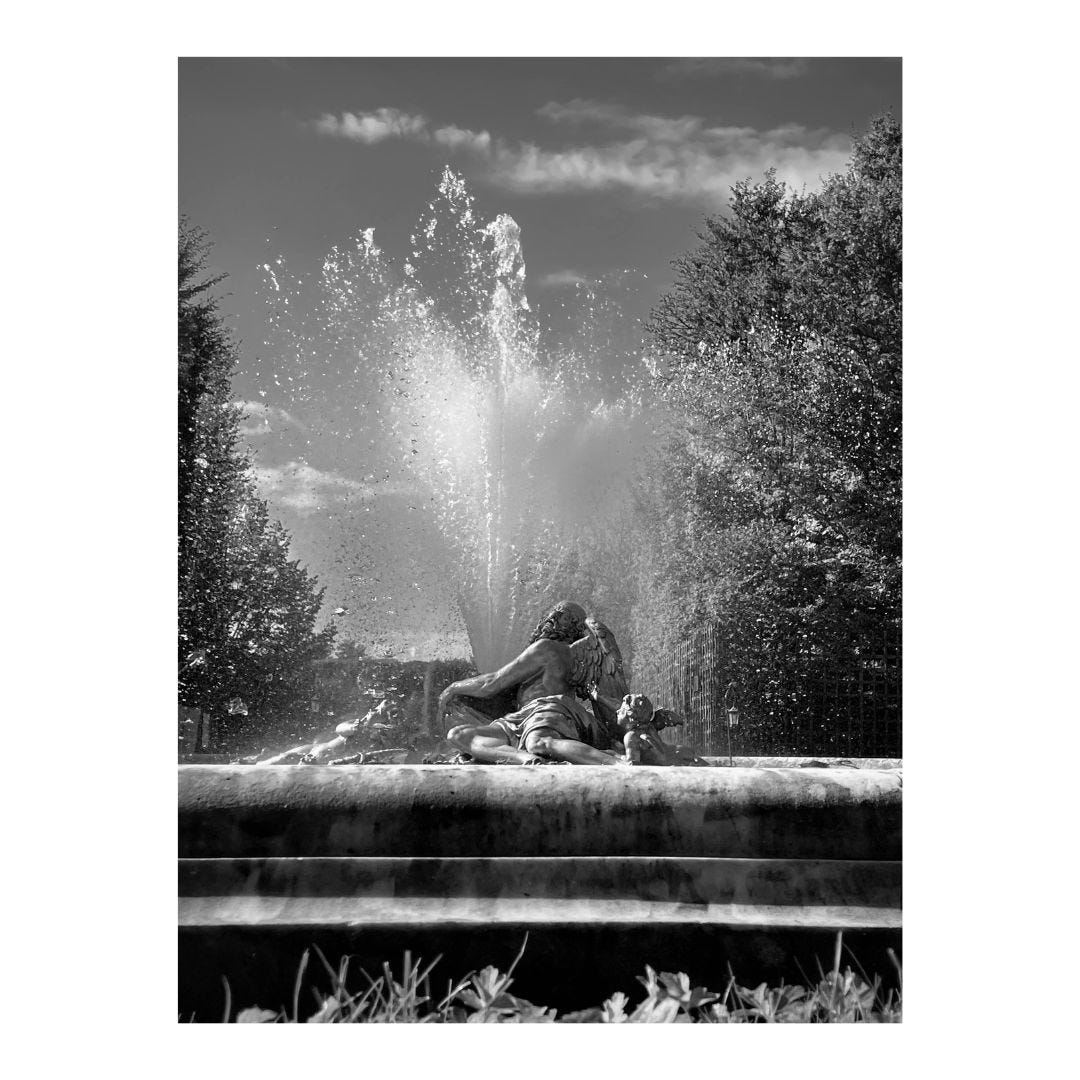
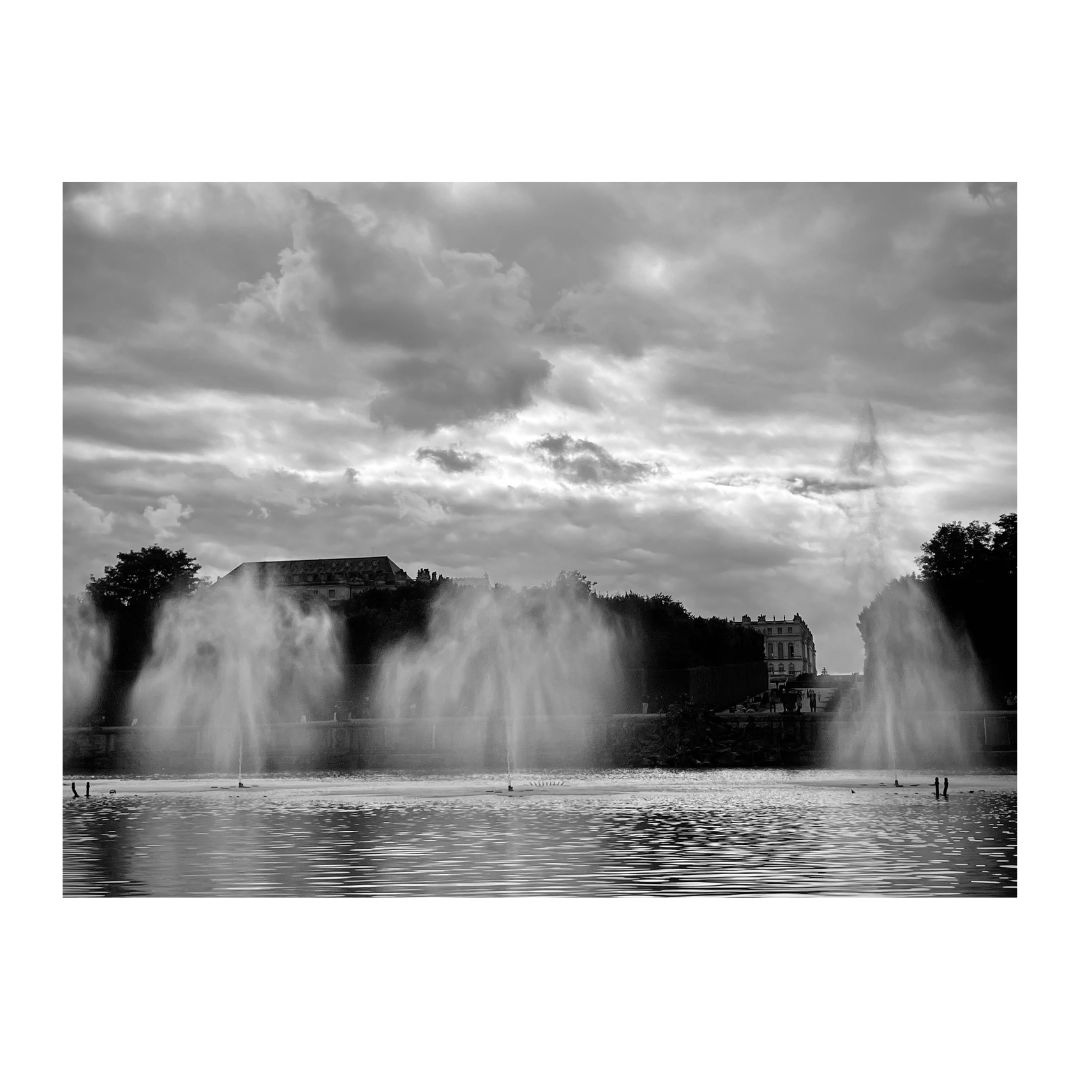
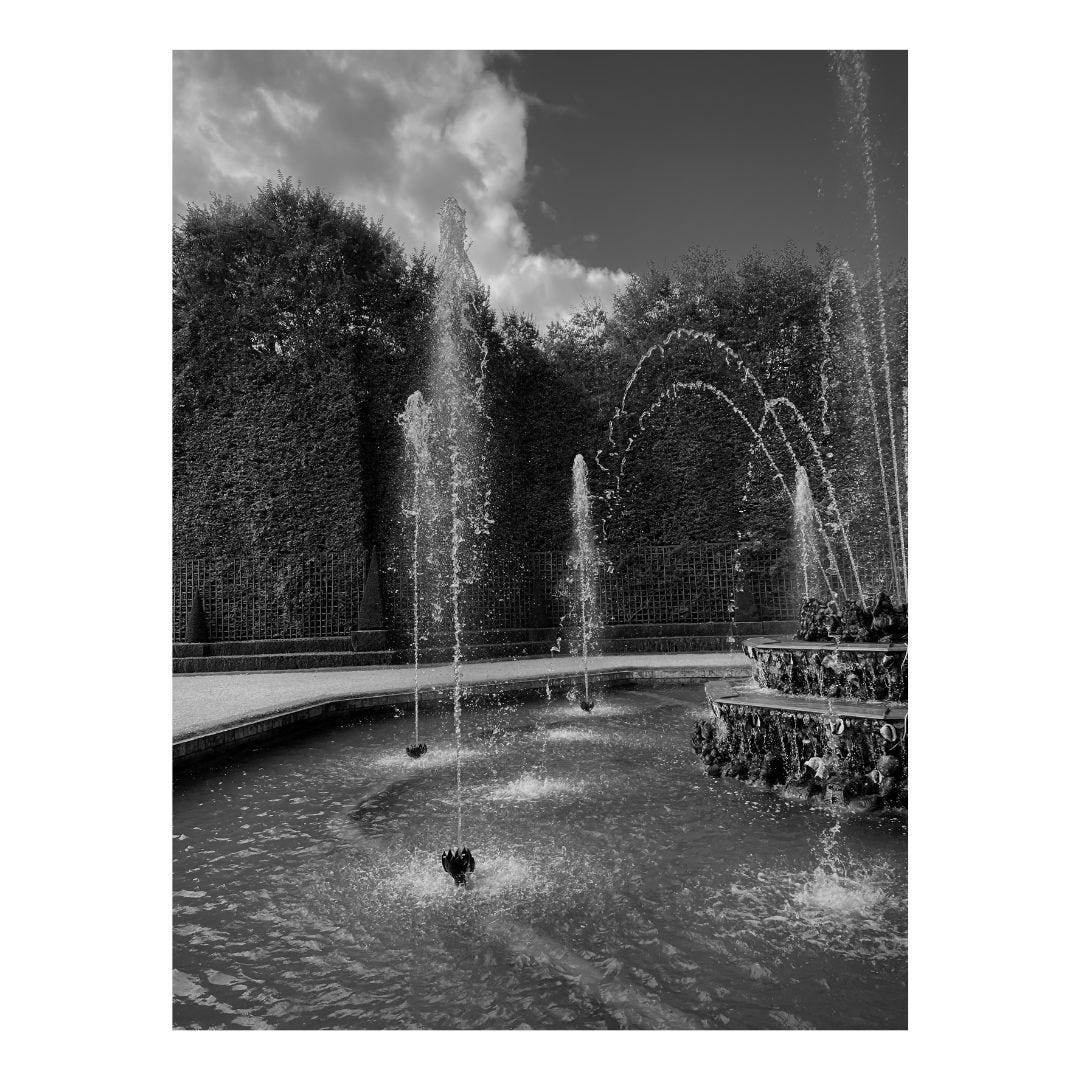
I had to check - 800 hectares, 2000 acres!! That is quite some garden!! And as you’ve shown us, there are closely packed sections which would be overwhelming without the constant attention of an amazing team of gardeners. What an experience!! Thanks so much for sharing. 🤗🤗😘
Very nice!! Great photographs.....